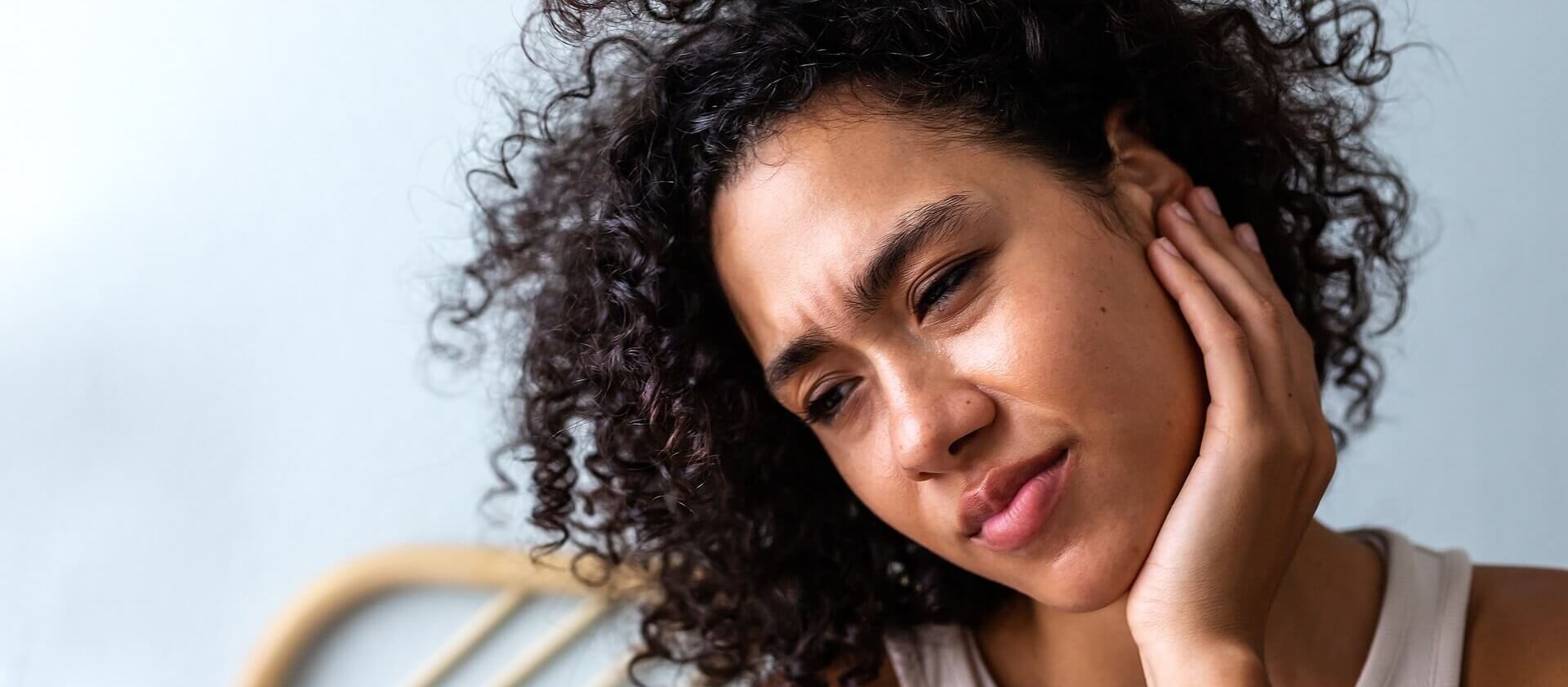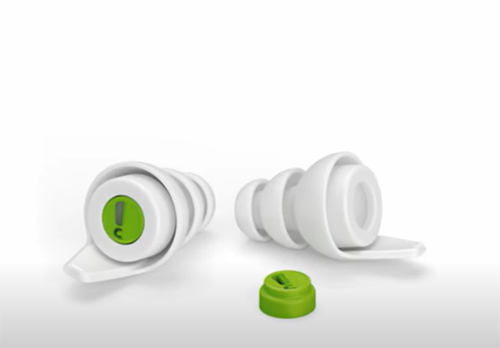Diagnostics and Treatment
It is essential to take all ear infections and ear pain seriously. A paediatrician or an ENT specialist is most qualified to make the diagnosis of otitis media. They have the proper instruments to look inside the ear. If you have an acute middle ear infection, your eardrum will be very red. If there is pus present in the inner ear as a result of the infection, the eardrum bulges slightly forward. This bulging leads to an increased risk of eardrum perforation.
To protect your eardrum from rupturing and speed up the healing process, the doctor may prescribe medications. Your physician may recommend over-the-counter or prescription ear drops to help relieve your symptoms. In some cases, antibiotics may be necessary to clear the infection. While the acute inflammatory phase lasts about two to three days, the entire healing process takes about two to four weeks. Medications, when prescribed appropriately, can shorten the duration of the infection.To be on the safe side, be sure to visit your GP or ENT if you have ear pain or hearing loss. Be especially alert for signs of middle ear infections with babies and young children, who often pull on their ears when suffering from ear pain. If your child shows signs of ear infection, do not delay, consult your doctor as soon as possible.
As a large percentage of otitis media is viral, antibiotic therapies are not always the appropriate course of treatment. Your doctor can determine whether the likelihood of bacterial or viral infection is higher based on your symptoms.












